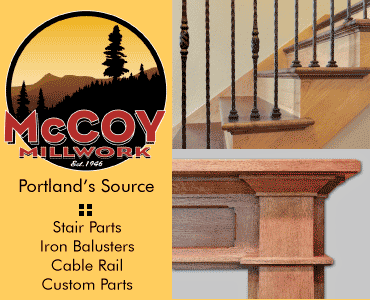Roger Thomas
Roger Thomas’ work could be called experimental: His best pieces usually begin as “test” projects for new fusing techniques, he’s often unable to see what his designs will look like before they’re kiln-fused and he leaves the interpretation to his viewers. Practicing Balance (below), a piece built of glass remnants from another work, is a perfect example. “Practicing Balance is one of my best accidents and definitely one of my favorite pieces,” he says. “When you look at it, you think it’s a landscape until you start looking for the usual signals of what a landscape is,” he says. “They’re here, but none of them quite make sense. Vertical lines trigger your brain to think, Oh, those are trees! I’m providing you with so little information that your mind is doing all the work in this piece. And that’s what I want: for my pieces to be abstract until you decide they’re a landscape.”



